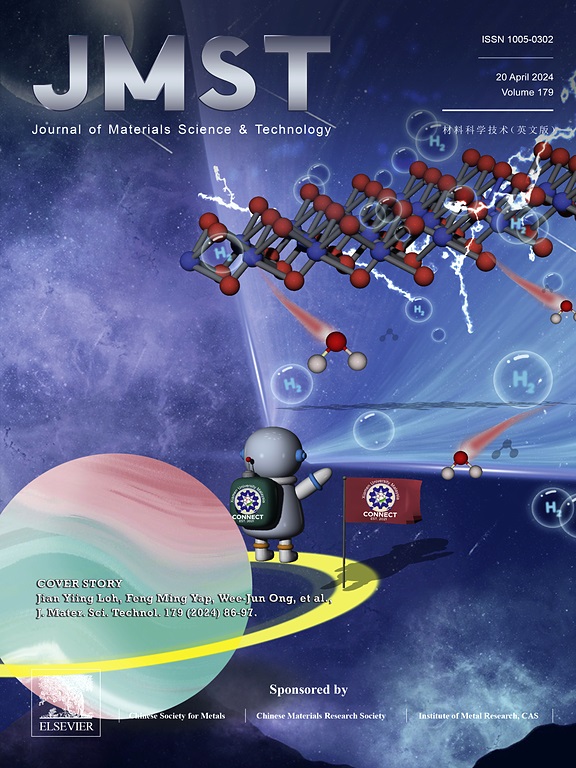Rapid prediction of effective absorption bandwidth in PEEK/CF additive manufacturing metastructure via interpretable machine learning
IF 11.2
1区 材料科学
Q1 MATERIALS SCIENCE, MULTIDISCIPLINARY
引用次数: 0
Abstract
The development of machine learning has provided a new perspective for the design of electromagnetic metastructures, particularly in the rapid design of key performance metrics such as effective absorption bandwidth. Traditional methods, grounded in electromagnetic theory and empirical approaches, often lacked sufficient flexibility and adaptability. In this work, three types of machine learning models were developed to establish the relationship between effective absorption bandwidth and structural parameters. The results indicated that the random forest model achieved the most accurate and efficient design for this task. Then, the additive manufacturing optimal metastructure obtained using this approach outperformed existing designs in terms of both effective absorption bandwidth and reflectivity, while also exhibiting superior radar stealth performance and mechanical load-bearing capacity. Furthermore, through interpretable machine learning and data analysis, the intrinsic mechanisms underlying the relationship between effective absorption bandwidth and structural parameters were revealed. Overall, this work introduced a novel approach to metastructure design and enhanced the understanding of the relationship between structural parameters and electromagnetic properties, providing a key foundation for future design.

通过可解释的机器学习快速预测PEEK/CF增材制造元结构的有效吸收带宽
机器学习的发展为电磁元结构的设计提供了新的视角,特别是在有效吸收带宽等关键性能指标的快速设计方面。传统方法以电磁理论和经验方法为基础,往往缺乏足够的灵活性和适应性。在这项工作中,开发了三种类型的机器学习模型来建立有效吸收带宽与结构参数之间的关系。结果表明,随机森林模型是最准确、最有效的设计方法。然后,使用该方法获得的增材制造最佳元结构在有效吸收带宽和反射率方面优于现有设计,同时还具有优越的雷达隐身性能和机械承载能力。此外,通过可解释的机器学习和数据分析,揭示了有效吸收带宽与结构参数之间关系的内在机制。总的来说,这项工作为元结构设计引入了一种新的方法,增强了对结构参数与电磁特性之间关系的理解,为未来的设计提供了关键基础。
本文章由计算机程序翻译,如有差异,请以英文原文为准。
求助全文
约1分钟内获得全文
求助全文
来源期刊

Journal of Materials Science & Technology
工程技术-材料科学:综合
CiteScore
20.00
自引率
11.00%
发文量
995
审稿时长
13 days
期刊介绍:
Journal of Materials Science & Technology strives to promote global collaboration in the field of materials science and technology. It primarily publishes original research papers, invited review articles, letters, research notes, and summaries of scientific achievements. The journal covers a wide range of materials science and technology topics, including metallic materials, inorganic nonmetallic materials, and composite materials.
 求助内容:
求助内容: 应助结果提醒方式:
应助结果提醒方式:


